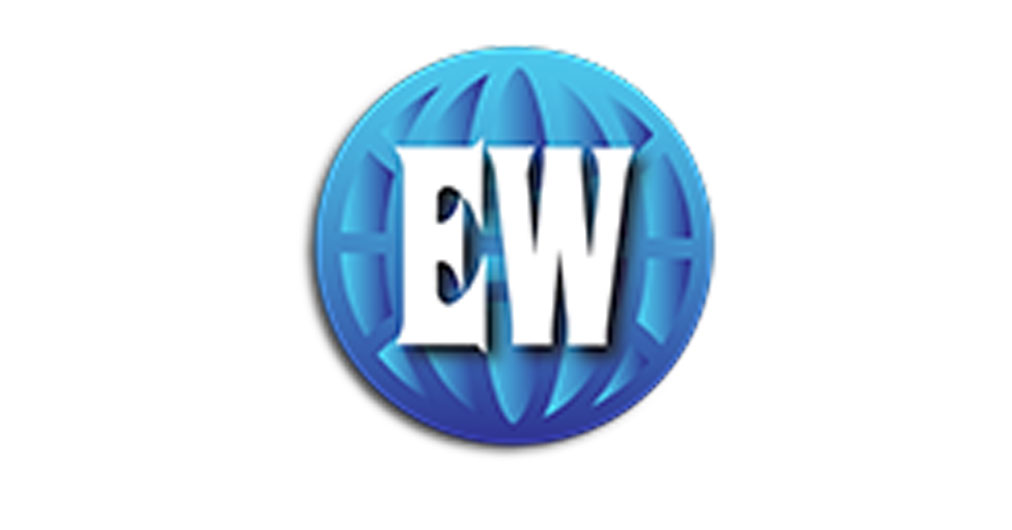In recent years, Artificial Intelligence (AI) tools such as ChatGPT, Gemini, Claude and Perplexity have rapidly gained popularity among students, not only in India but worldwide. From drafting essays to solving mathematics problems, AI has quietly become part of everyday study routines. For many, it acts as a 24/7 personal tutor—an assistant that answers questions without judgement—while others rely on it to complete homework. Yet, educators and administrators remain concerned about the impact of AI on genuine learning and intellectual growth.
Not everyone benefits equally
Research suggests that it is average and below-average students who benefit most from using AI tools. By simplifying complex concepts and providing step-by-step explanations at the learner’s own pace, AI boosts understanding and builds confidence—often translating into significant improvements in marks.
For higher-achieving students, however, the picture is different. Studies show that overreliance on AI can reduce performance. Instead of grappling with problems themselves, many begin outsourcing the “heavy lifting” to AI. Over time, this weakens creativity, memory retention and critical thinking.
In fact, several studies reveal a clear divide:
- Below-average students show marked improvement.
- Average students perform better with structured AI guidance.
- Above-average students often plateau, or even decline, due to excessive dependence.
This tendency towards “mental laziness” has been well captured in a recent study by MIT.
MIT study: what happens to the brain when we use AI?
In an experiment at the MIT Media Lab, students were split into three groups:
- One solved problems entirely unaided,
- One used search engines,
- One used ChatGPT.
EEG (electroencephalogram) scans tracked brain activity during the tasks. The findings were striking:
- Students working independently showed the most active brains, produced the most creative responses, and retained information more effectively.
- Search engine users fell in the middle.
- The ChatGPT group showed the lowest levels of brain engagement and generated more generic work.
Even more concerning was the after-effect: when the ChatGPT group stopped using AI, their brain activity did not immediately bounce back, remaining subdued for some time. The study suggests that heavy reliance on AI can not only dull immediate engagement, but also slow the recovery of creative and critical thinking.
Smarter AI: Socratic and scaffolded learning
Does this mean AI should be banned? Not at all. The real challenge is to design AI systems that support learning without replacing it. Increasingly, developers are adopting Socratic and scaffolded approaches, where AI:
- asks guiding questions,
- breaks complex topics into smaller parts,
- provides hints rather than complete answers,
- and encourages reflection.
Examples include ChatGPT’s Study Mode, Khan Academy’s Khanmigo, Google’s LearnLM, and subject-specific tools like Querium for STEM tutoring. These platforms aim to keep students thinking actively while still benefiting from AI’s personalised support.
| Herramienta | Focus area | Interactive Q&A | Guided learning | Personalisation | Notes |
|---|---|---|---|---|---|
| ChatGPT Study Mode | General topics | ✅ | ✅ | ✅ | Free, cross-platform |
| Khanmigo | Maths, science, humanities | ✅ | ✅ | ✅ | Curriculum-aligned |
| Google LearnLM | Integrated with Gemini & YouTube | ✅ | ✅ | ✅ | Classroom & search assist |
| Diffit | Levelled reading materials | ✅ | ✅ | ✅ | Strong literacy focus |
| Socratic | Scan-and-learn app | ✅ | ✅ | Limited | Mobile only |
| Querium | STEM tutoring (step-by-step) | ✅ | ✅ | ✅ | Patent-backed AI |
AI is like a knife—it can be highly effective, but only when used properly. For weaker students, it can provide a crucial helping hand. For high performers, however, overdependence risks becoming a shortcut that blocks their full potential.
The solution is not to exclude AI from classrooms, but to teach students how to use it wisely—as a partner in learning, not a replacement for thinking.
Fuente en línea:
Education World


